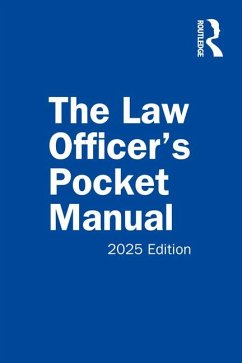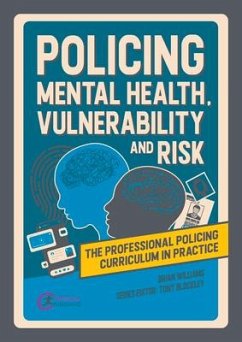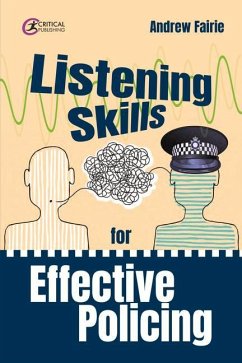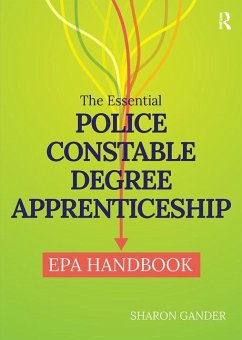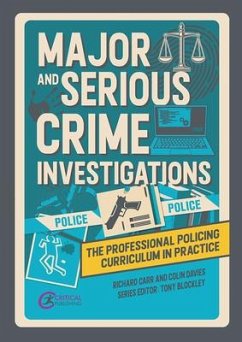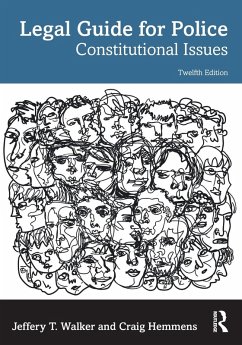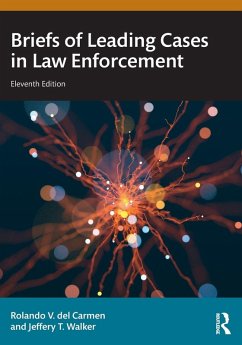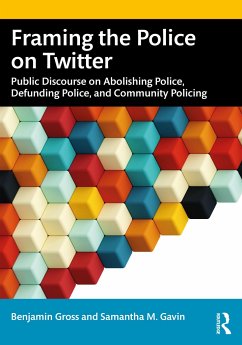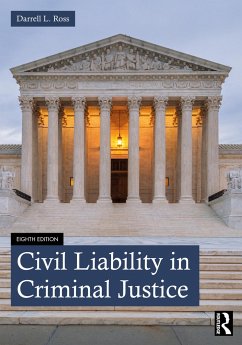Nicht lieferbar
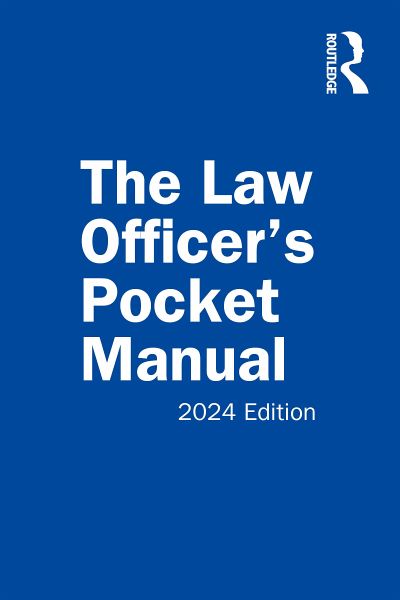
The Law Officer's Pocket Manual
2024 Edition
Versandkostenfrei!
Nicht lieferbar




The Law Officerâ s Pocket Manual is a handy, pocket-sized, spiral-bound manual that highlights basic legal rules for quick reference and offers examples showing how those rules are applied.
John G. Miles Jr. was legal editor, consultant, and guest lecturer in police training programs sponsored by the U.S. Park Police and other law enforcement agencies. He was a graduate of the Catholic University School of Law and received a degree in political science from the University of California at Berkeley. He belonged to the D.C. Bar and the American Bar Association. David B. Richardson is a personal injury attorney based in Bellevue, Washington. He received a law degree from Seattle University School of Law and was admitted to the Washington State Bar in 1992. He holds a master's degree in international studies from New York University and a bachelor's degree from the University of Colorado, Boulder.
Produktdetails
- Verlag: Taylor & Francis Ltd
- Seitenzahl: 186
- Erscheinungstermin: 1. Mai 2024
- Englisch
- Abmessung: 163mm x 103mm x 17mm
- Gewicht: 138g
- ISBN-13: 9781032699110
- ISBN-10: 1032699116
- Artikelnr.: 70006003
Herstellerkennzeichnung
Libri GmbH
Europaallee 1
36244 Bad Hersfeld
gpsr@libri.de
Für dieses Produkt wurde noch keine Bewertung abgegeben. Wir würden uns sehr freuen, wenn du die erste Bewertung schreibst!
Eine Bewertung schreiben
Eine Bewertung schreiben
Andere Kunden interessierten sich für



